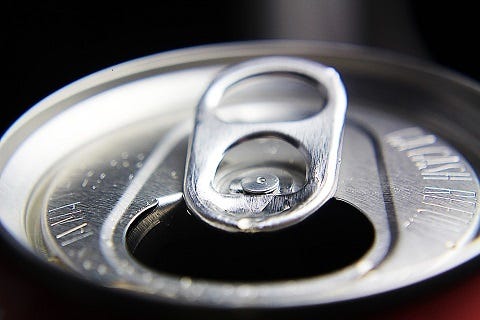
“The Dietary Guidelines for Americans” is the nation’s trusted resource for science-based nutritional recommendations that serve as federal nutritional policies’ cornerstone.
These guidelines set the tone for how Americans should eat, and provide health professionals information to help the public make informed choices about their diets at home, school, work and throughout their communities.
To stay current with nutritional research, DGAs are updated every five years, and recently went through an update for the 2015-2020 term.
Well guys, it looks like Americans are eating too much salt, sugar and saturated fat. We don’t eat enough foods like fruits, vegetables, nuts, whole grains and fish.
No surprise there, right?
Sugar, specifically “added sugar,” was singled out as a major concern.
Previous dietary guidelines included warnings about eating too much “added sugar,” but never set a limit on the amount.
For the first time, new dietary guidelines have a clear limit on the amount of “added sugars” that should be included in Americans diets — no more than 10 percent of daily calories, which is about 12 teaspoons a day. For many people, a single sugary soda per day could put them over the limit.
What are “added sugars?” Well, they include brown sugar, corn sweetener, corn syrup, dextrose, fructose, glucose, high-fructose corn syrup, honey, raw sugar, sucrose and other caloric sweeteners. When sugars are added to foods and beverages to sweeten them, they add calories without giving any nutrients.
Naturally occurring sugars found in milk and fruits are not included in the “added sugars” limit. The new guidelines have shown that the current intake of added sugars is more than 13 percent of calories per day in the U.S. population.
Major sources of “added sugars” typically include sodas, energy drinks, fruit drinks sweetened tea and coffee. (Surprise, Surprise!) Other major sources of added sugars are in snacks and junk food, desserts such as cakes, pies, cookies, doughnuts and pastries. Let’s not forget dairy products like ice cream, other frozen desserts and puddings also include “added sugar.”
The combination of these categories make up more than 75 percent of intake of all “added sugars.”
So when you pop open a can of soda or take a bite out of that sprinkle doughnut, remember to limit that “added sugars” intake to 10 percent of your daily caloric intake or approximately 12 teaspoons per day.
See http://health.gov/dietaryguidelines/2015/guidelines/ for a more in-depth look at the Dietary Guidelines.
Rebecca Catalena is an agent at the University of Florida's Institute of Food and Agricultural Sciences Extension office in Crestview.
This article originally appeared on Crestview News Bulletin: CATALENA: How to limit your 'added sugars' intake
